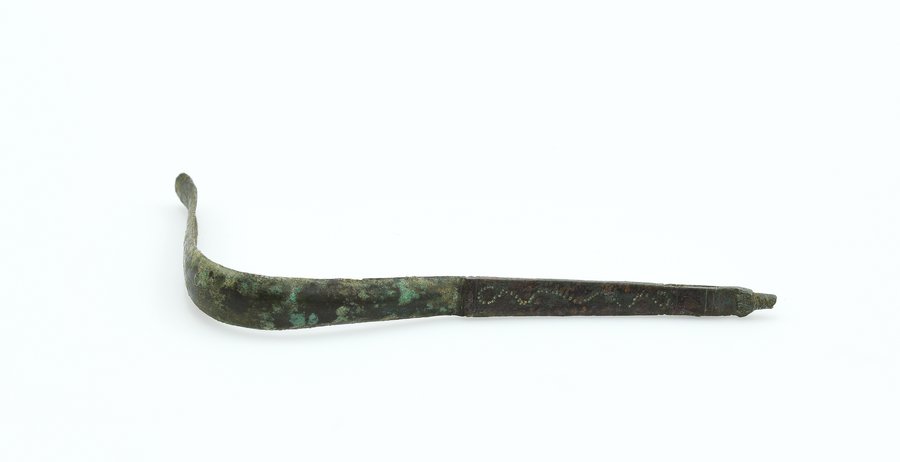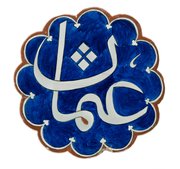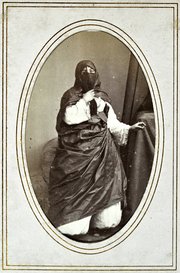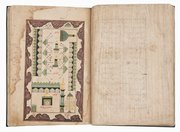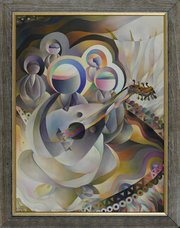
Bronze Roman Strigil
3-2-1 Qatar Olympic and Sports Museum
- Title:
- Bronze Roman Strigil
- Date:
- 100 - 250
- Period:
- Roman
- Title:
- Bronze Roman Strigil
- Date:
- 100 - 250
- Period:
- Roman
- Material:
- Metal
- Technique:
- Forging
- Dimensions:
- 16 × 1.5 × 11
Strigils were an everyday toiletry item for cleansing the body in ancient Greece and Italy.
The first occurrence of strigils dates to the sixth century BCE. Male athletes would coat their bodies with olive oil before sports activities, which were performed naked. After practice and games, they would cleanse themselves by scraping off oil, dirt, and perspiration with the help of strigils.
Women also used strigils for their bodily hygiene. They were also likely to have been used for medical reasons.
During archaeological excavations, we often find strigils in graves. They were offered as grave goods to the deceased, and represent the ideal of the vigorous, young athlete.
A strigil consists of a handle and a curved scraper. This example, which dates to around 100-250 CE, has a rectangular handle with a narrow slot designed for suspension by a strap or hook. A wavy line of incised dots decorates the handle which ends in an animal head. It dates to Roman times, when strigils were extensively used with oils and perfumes in public baths by men and women. Soap became an established commodity much later, during the Islamic Golden Age (eight to thirteen centuries CE).
